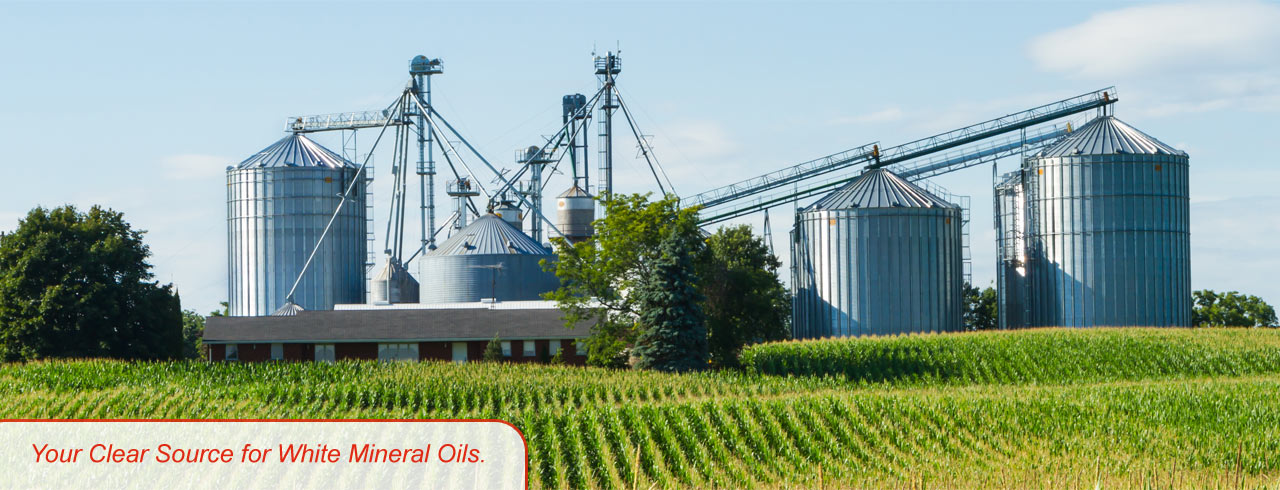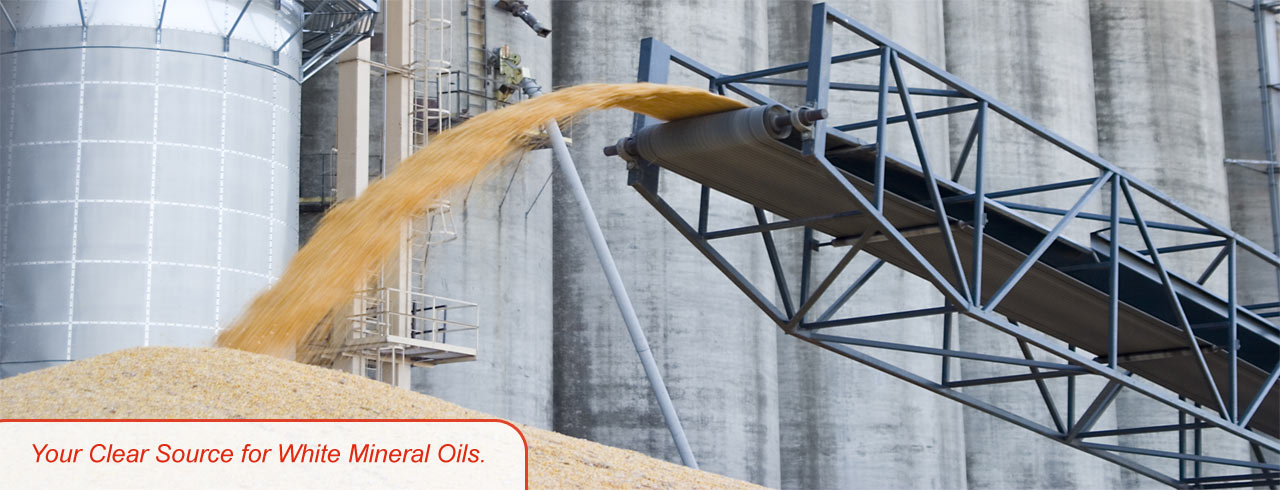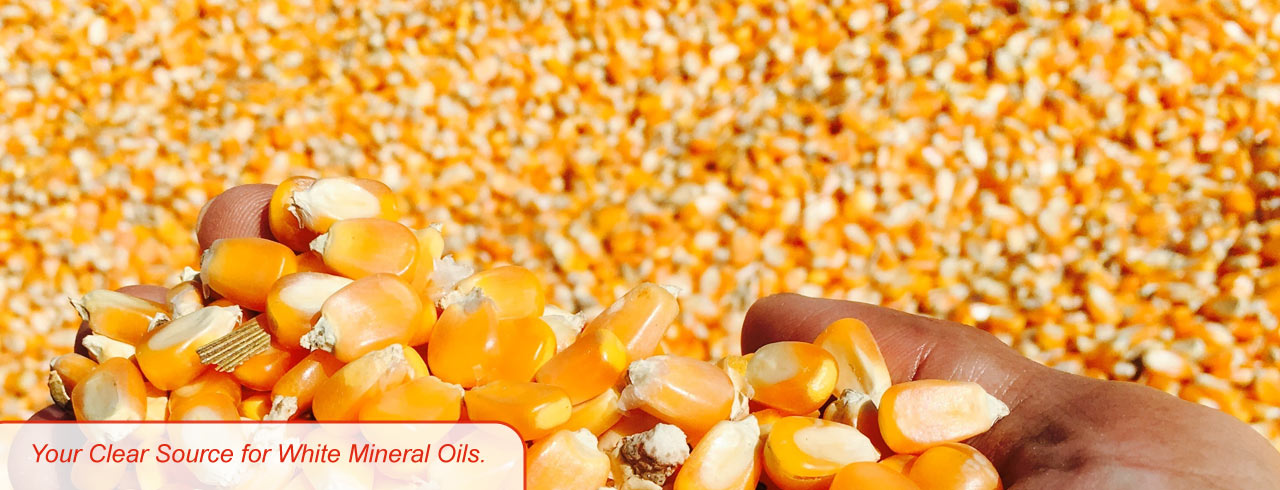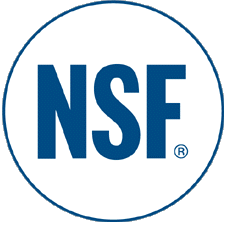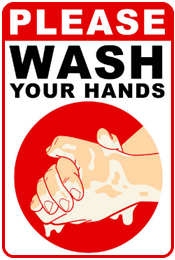From Food-Grade to Pharmaceutical: Navigating FDA & USP Standards for Mineral Oil

In many industries, mineral oil plays a quiet but critical role — from food processing and cosmetics to medical formulations. But not all mineral oils are created equal. When you move “up the ladder” from food-grade applications to pharmaceutical or drug-use applications, the requirements, risks, and standards tighten significantly. For buyers, formulators, and operators, understanding the regulatory landscape is essential to sourcing the right product and staying compliant.
In this blog, we’ll walk through:
- The regulatory frameworks (FDA, USP, FCC)
- Key quality and purity tests
- Differences between food-grade and pharmaceutical-grade mineral oil
- Practical steps buyers should take
- Risks, traps, and best practices
Regulatory & Standards Landscape
FDA & Food Contact Regulations
In the U.S., the Food and Drug Administration (FDA) regulates substances used in food and in “food contact” applications. Mineral oil (specifically as “white mineral oil”) is listed in the FDA’s inventory of food contact substances under 21 CFR 172.878 and is allowed under defined purity and usage constraints. hfpappexternal.fda.gov+1
Additionally, when mineral oil is used as a lubricant or in machinery that might have incidental contact with food, the rules under 21 CFR 178.3620 apply. Legal Information Institute+1
In food processing and handling, companies often rely on NSF / ISO food-grade lubricant certifications (e.g. H1 for incidental food contact) to demonstrate that lubricant oils meet appropriate purity and contamination limits (e.g. odorless, colorless, tasteless, and low in extractables). Wikipedia+1
One specific limit to watch: FDA allows up to 10 parts per million (ppm) of lubricant base oils (such as mineral oil) as incidental contamination in food contact situations. nsf.org
If a substance is not already authorized in FDA’s lists, a Food Contact Notification (FCN) or a “Threshold of Regulation” (TOR) filing may be required. U.S. Food and Drug Administration
United States Pharmacopeia (USP) Standards
While FDA handles regulatory authority, the United States Pharmacopeia (USP) provides compendial quality standards (purity, identity, tests, permissible impurities) for pharmaceutical or medicinal ingredients. These standards are often incorporated by reference in drug regulations or required by contract. Wikipedia
“USP Mineral Oil” must meet the monograph for mineral oil in the USP–NF, which defines acceptable levels of contaminants, residue, tests for optical absorbance, color, and more. ftp.uspbpep.com+1
When a mineral oil is labeled “USP grade,” it signals that it meets those pharmacopeial thresholds — which are significantly stricter than common industrial grades.
Food-Grade vs. Pharmaceutical-Grade: Key Differences
Here’s how food-grade and pharmaceutical (or drug-use) mineral oil differ in terms of expectations and oversight:
| Feature / Parameter | Food-Grade / Food Contact Use | Pharmaceutical / Drug Use |
| Permissible Impurities / Extractables | Must meet FDA criteria, e.g. UV absorbance limits under 21 CFR 178.3620. Legal Information Institute | More stringent limits on residual solvents, PAHs, unsaturates, etc., per USP monograph |
| Purification & Processing | High refinement, removal of aromatics, sulfur, metals | Additional refining steps (hydrogenation, distillation) to meet drug-safe thresholds |
| Testing & Documentation | COA, standard QC tests, sometimes food contact migration studies | Full Certificates of Analysis, GMP manufacturing, stability studies, regulatory audits |
| Regulatory Oversight | FDA reviews food contact use, incidental migration, and labeling | FDA or equivalent drug regulators may require registration, drug master files (DMFs), GMP compliance |
| Label / Claims | Approved for food contact, indirect additive, lubricant, release agent | If marketed or used as drug excipient, must comply with drug regulations and compendial claims |
Pharmaceutical applications often demand a higher margin of safety, particularly when human ingestion or internal use is possible (e.g. as a laxative, excipient, or topical internal use).
What Buyers Need to Know: Due Diligence Checklist
If you’re sourcing mineral oil for food, pharmaceutical, cosmetic, or high-sensitivity applications, here’s a checklist of what to require from suppliers:
- Certificate of Analysis (COA)
- Matching batch data
- Tests: UV absorbance, color (ASTM scale), sulfur content, metals, flash point, etc.
- Declaration that the batch meets the relevant standard (FDA, USP, FCC)
- Grade / Monograph Declaration
- Specify “USP grade,” “NF,” or “Food Grade (meets 21 CFR 172.878)” as needed
- Confirm which compendial version / edition it corresponds to
- GMP / cGMP or Quality System
- For pharmaceutical usage, require a facility that operates under current Good Manufacturing Practices
- Documented quality systems and audits
- Migration / Extractables / Safety Studies
- For food contact or ingestion applications, request migration test data
- Toxicological safety studies or literature references, especially if used in novel applications
- Regulatory Support / Documentation
- If needed, supplier ability to participate in FCN or DMF filings
- Ability to share material Safety Data Sheets (MSDS) and impurity profiles
- Labeling & Claims
- Ensure labels are legally compliant (don’t misbrand or mislead)
- For pharmaceutical supply, often only “USP” grade can be claimed
- Traceability & Batch Trace
- Lot numbering, retention samples, stability data
- Regulatory & Market Region Compatibility
- If selling internationally, check EU, Japan, China pharmacopeia equivalencies
- Be aware of scrutiny on MOSH / MOAH (mineral oil saturated / aromatic hydrocarbons) especially in Europe nyelubricants.com
Risks, Pitfalls & Emerging Trends
- MOSH / MOAH Concerns: European regulators, particularly in Germany, are focusing on Mineral Oil Saturated Hydrocarbons (MOSH) and Mineral Oil Aromatic Hydrocarbons (MOAH) in foods and packaging. Suppliers must control and disclose these levels to meet evolving standards. nyelubricants.com
- Unclear Grade Labeling: Some suppliers may market “pharmaceutical” or “medical” grade loosely — always verify against USP monographs.
- Stability & Storage: Even pure products can degrade if stored poorly (heat, light, contamination).
- Regulatory Shifts: Approaches to mineral oil exposure in foods may tighten in future, particularly in EU; migration studies and preventive design become more critical.
- Market Claim Risk: If a product is advertised for medicinal or therapeutic use, regulators may treat it as a drug, triggering additional requirements.
Conclusion & Takeaway
Navigating the jump from food-grade mineral oil to pharmaceutical-grade isn’t just a matter of buying a “better” product — it means engaging deeply with regulatory monographs, purity specifications, documentation, and safety evidence.
For buyers:
- Be clear in your requirements (“USP grade” vs. “food contact grade”).
- Demand full supporting data and audits.
- Stay ahead of MOSH/MOAH scrutiny, especially for cross-border supply.
- Understand the role of FDA, USP, and how compendial standards work.
If you’re working within or managing procurement for STEOIL, this clarity and rigor is part of your competitive edge — your customers must trust not just the product, but the assurance behind it.










